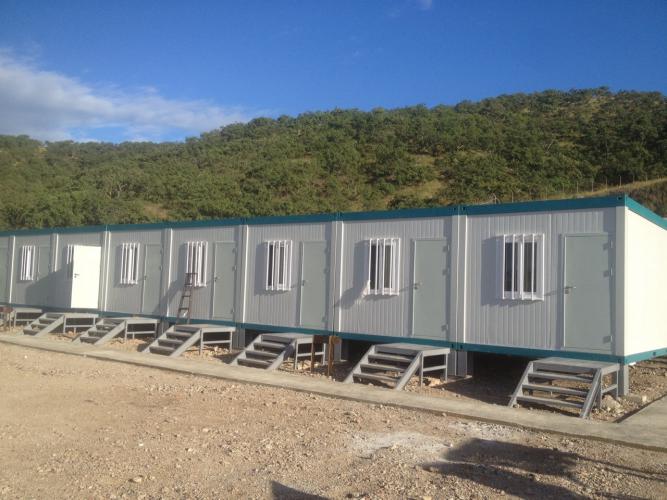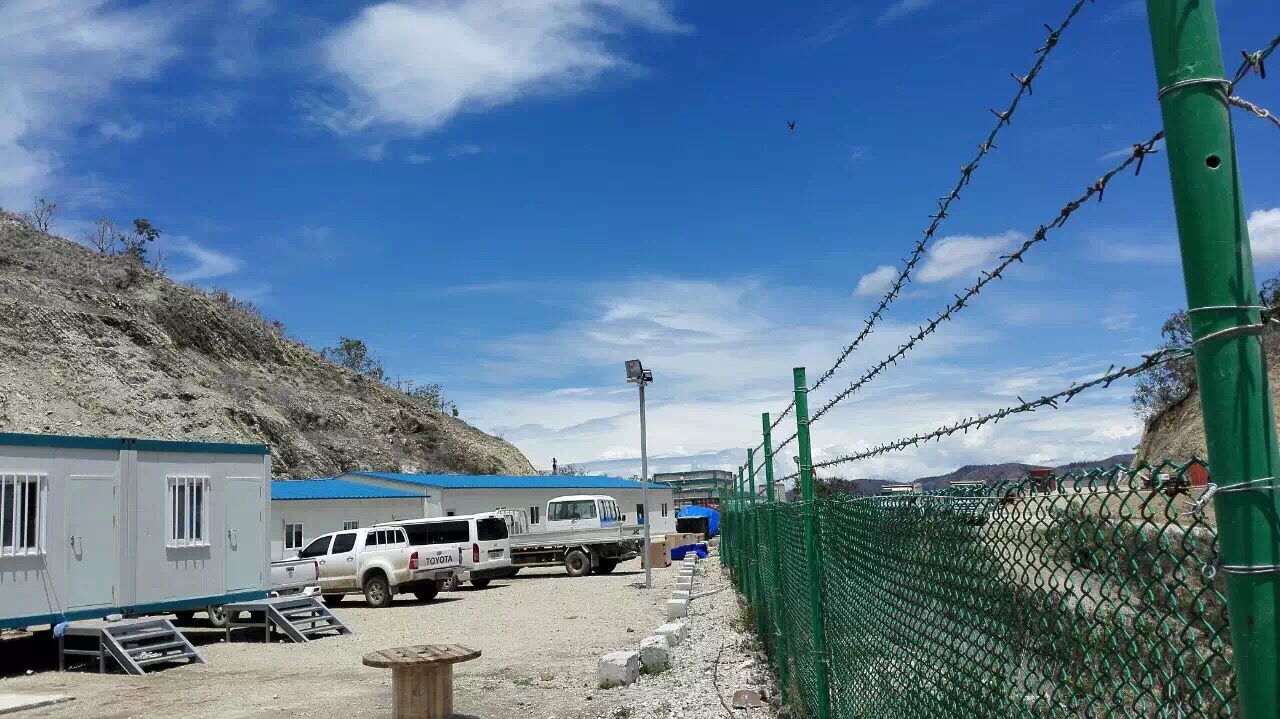Container housing—transforming standard steel shipping containers into functional living and working spaces—has emerged as a transformative force in modern construction. This innovative approach addresses urgent global challenges such as housing shortages, climate change resilience, and the demand for rapid-deployment structures. By leveraging the strength, modularity, and abundance of shipping containers, manufacturers worldwide are pioneering solutions that combine affordability, sustainability, and design flexibility. This essay explores the historical evolution of container housing, analyzes market dynamics, profiles leading manufacturers, examines design and engineering processes, delves into manufacturing and supply chain considerations, highlights notable case studies, surveys emerging trends, discusses challenges, and offers an informed outlook on the future of container housing manufacturing.
Historical Evolution and Context
The concept of repurposing steel containers for human habitation traces back to the 1970s, when architects and designers first experimented with inexpensive modular units. In the early 2000s, rising construction costs, growing environmental awareness, and advances in modular engineering catalyzed container housing’s mainstream adoption. High-profile pilot projects—such as container-based student housing in London and pop-up retail spaces in urban centers—demonstrated containers’ viability as cost-effective, fast-erect solutions. Since then, the industry has matured, integrating sophisticated structural reinforcement, energy-efficient systems, and aesthetic design to meet residential, commercial, and institutional needs.
Market Overview
The global container housing market has expanded rapidly, exhibiting a compound annual growth rate (CAGR) of approximately 11% over the past five years. Key demand drivers include:
Affordability: Compared to traditional construction, container homes can reduce material and labor costs by 20–40%.
Speed of Deployment: Factory-fabricated modules allow on-site assembly in days rather than months, critical for time-sensitive projects such as disaster relief.
Sustainability: Upcycling existing steel containers reduces landfill waste and embodied carbon, aligning with circular-economy principles.
Modularity: Containers’ uniform dimensions (standard 20- and 40-foot lengths) enable scalable, repeatable designs for multi-unit complexes.
Regionally, North America leads adoption due to flexible building codes in states like California and Texas, followed by Europe where countries such as Germany and the Netherlands incentivize sustainable construction. The Asia-Pacific region—particularly China, Australia, and Japan—is a fast-growing market segment, driven by urban density, affordable housing initiatives, and tourism applications. Regulatory frameworks vary widely: some jurisdictions classify container units as temporary structures, while progressive regions have instituted comprehensive container-building codes, addressing structural, fire-safety, and insulation requirements.
Types and Applications
Container housing’s versatility manifests in diverse applications:
Residential Developments
Single-family dwellings: Backyard studios, “granny flats,” and tiny homes provide affordable living solutions.
Multi-unit apartment blocks: Stacked container modules create mid-rise residential buildings, with customizable floor plans and communal spaces.
Commercial and Retail Spaces
Pop-up shops and cafés: Urban retailers leverage container kiosks for temporary activations, benefiting from rapid installation and removal.
Office pods: Co-working and startup incubators utilize modular office units equipped with data cabling, HVAC, and ergonomic interiors.
Institutional and Community Projects
Educational facilities: Container classrooms offer cost-effective expansions for schools in underserved regions.
Healthcare clinics: Rapidly deployable medical units serve remote areas and emergency zones, providing essential services within days of delivery.
Specialized Solutions
Hospitality and tourism: Boutique container hotels and eco-lodges cater to travelers seeking unique accommodation experiences, often incorporating panoramic glazing and rooftop decks.
Industrial and remote-site housing: Oil and mining operations, military bases, and research stations employ container modules for secure, weather-resistant lodging and command centers.
Major Container Housing Manufacturers
Global container housing manufacturing is dominated by established firms complemented by agile startups:
SG Blocks (USA): A pioneer in repurposed-steel construction, SG Blocks operates large fabrication facilities in New York and Texas. Their portfolio spans custom residences, student housing, and commercial installations.
ContainerHomes (USA/Canada): Specializing in turnkey residential solutions, ContainerHomes offers design-build packages featuring high-performance insulation, solar-ready roofs, and smart-home integration.
Algeco (Europe): A leading provider of modular space solutions, Algeco leverages a fleet of over 200,000 units across 20 countries. Their standardized container products serve education, healthcare, and office markets.
Spanhaus (Australia): Innovating with cross-laminated timber-clad container modules, Spanhaus emphasizes thermal comfort and aesthetic integration in residential projects.
EcoDomus (Japan): Focused on seismic-resilient container dwellings, EcoDomus integrates advanced shock-absorption systems and low-emissivity windows tailored for earthquake-prone regions.
Emerging manufacturers—such as Modpools (USA), which creates container swimming pools, and BuloBox (Mexico), specializing in affordable social housing—underscore the breadth of niche applications and regional innovation.
Design and Engineering Processes
Container housing manufacturing encompasses several technical stages:
Container Selection and Assessment
Containers are sourced new (International Organization for Standardization [ISO] certified) or repurposed (“one-trip,” “wind and water tight,” or “cargo-worthy”). New containers offer consistent structural integrity but at higher cost, while used units require thorough inspections for corrosion, structural deformations, and chemical contamination.
Structural Modifications
Computer-aided design (CAD) and finite element analysis guide precise cut-outs for doors, windows, and inter-module connections. Reinforcements—such as steel frames and cross-bracing—maintain load-bearing capacity. Modules intended for multi-story assemblies undergo additional reinforcement to comply with local building codes and wind-load requirements.
Thermal and Moisture Performance
Containers’ steel shells necessitate robust insulation systems to mitigate thermal bridging. Manufacturers employ closed-cell polyurethane spray foam, rigid foam board, or vacuum-insulated panels, achieving U-values as low as 0.20 W/m²K. Moisture control measures include vapor barriers, capillary-break floor membranes, and breathable cladding to prevent condensation and mold.
Utilities Integration and Finishes
In-factory routing of electrical conduits, plumbing, and HVAC ductwork streamlines on-site assembly. Prefabricated mechanical systems—such as mini-split heat pumps and electrical breaker panels—are installed prior to delivery. Interior finishes range from moisture-resistant drywall to plywood panels and high-end millwork, tailored to client specifications.
Sustainability Enhancements
Leading manufacturers integrate renewable energy systems—solar photovoltaics (PV), battery storage, and heat-recovery ventilation—transforming container homes into net-zero or net-positive energy structures. Greywater recycling and rainwater harvesting systems are increasingly adopted in eco-retreats and off-grid projects.
Manufacturing and Supply Chain Considerations
Efficient production and logistics are critical:
Factory Layout and Workflow
Advanced manufacturing facilities feature CNC laser cutters, robotic welding cells, and modular assembly lines. Lean principles optimize material flow, reducing lead times and minimizing inventory.
Supply Chain and Logistics
Transporting heavy container modules requires coordination with trucking, rail, or barge operators, navigating infrastructure constraints such as bridge clearances and load-per-axle limits. On-site cranage capabilities must match module weights—often up to 12 metric tons for fully outfitted units.
Quality Assurance and Certification
Manufacturers adhere to ISO 9001 quality management systems, conducting weld inspections, coating thickness tests, and third-party structural verifications. Certifications—such as CE marking in Europe or ICC approvals in the United States—ensure regulatory compliance.
Customization and Lead Times
Standard shells can be delivered in four to six weeks; fully customized modules, incorporating specialized finishes and systems, require eight to twelve weeks. Design-build contractors work closely with clients to balance customization desires against schedule and budget constraints.
Case Studies and Notable Projects
Residential: London’s “Cargo City”
A mid-rise complex of 150 stacked containers, Cargo City delivered 60 affordable apartments at 30% lower cost than conventional construction. Energy performance exceeded local codes, achieving Passivhaus-equivalent air tightness.
Hospitality: Coastal Container Resort (Canada)
Twenty luxury container suites, each featuring vaulted ceilings, floor-to-ceiling glazing, and rooftop decks, created a pop-up resort that generated a 25% premium over adjacent hotels while minimizing land disturbance.
Emergency Response: Southeast Asia Earthquake Relief
Within seven days of a major seismic event, NGOs deployed container clinics equipped with triage bays, operating theaters, and patient wards. Modular design facilitated rapid expansion and relocation as recovery needs evolved.
Commercial: Downtown Office Park (USA)
A series of eight container office pods, interconnected by glass-enclosed corridors, provided flexible workspace for startups. Prefab construction reduced on-site noise and disruption, earning a LEED Platinum nomination.
Market Trends and Innovations
IoT and Smart Integration
Connected sensors monitor structural health, energy consumption, and indoor air quality. Remote diagnostics enable proactive maintenance and adaptive climate control, enhancing occupant comfort and reducing operational costs.
Hybrid Modular Systems
Manufacturers are blending container modules with traditional timber-framed or concrete elements, leveraging containers for core service areas (bathrooms, kitchens) and conventional construction for living spaces, optimizing cost, performance, and aesthetics.
Advanced Prefabrication Technologies
Robotics and automation—robotic welders, automated painting lines, and digital quality-inspection systems—are improving precision and throughput. Digital twins facilitate virtual prototyping, reducing design errors and accelerating regulatory approvals.
Emerging Materials
Next-generation composite panels, incorporating carbon-fiber reinforcement or bio-based resins, offer superior strength-to-weight ratios and thermal resistance. Phase-change materials embedded in walls and floors regulate interior temperatures passively.
Challenges and Barriers
Regulatory and Zoning Constraints
Many municipalities lack specific codes for container structures, leading to ambiguities in permitting. Local opposition—stemming from aesthetic concerns or misconceptions about durability—can delay projects.
Market Perception and Acceptance
“Steel box” stereotypes persist, requiring marketing and demonstration projects to showcase comfort, design quality, and long-term performance. Certification programs (e.g., Passive House, WELL Building Standard) help validate claims.
Technical Limitations
Standard container widths (2.4 m) restrict open-plan layouts without supplemental framing. Multi-story assemblies necessitate meticulous structural engineering to manage stacking loads and lateral forces.
Financial Considerations
Traditional lenders may hesitate to finance non-conventional assets, complicating mortgage and construction loans. Manufacturers and developers often partner with specialized financiers or deploy lease-back models to mitigate risk.
Future Outlook and Strategic Recommendations
The container housing market is poised for continued expansion. Forecasts project a global market value of USD 6.5 billion by 2030, driven by increasing urban populations, sustainability mandates, and demand for rapid-deployment infrastructure. Manufacturers should consider the following strategies:
Engage with Regulators: Advocate for updated building codes and standardized container-construction guidelines to streamline permitting.
Forge Public–Private Partnerships: Collaborate with municipalities on social-housing initiatives and emergency-response planning.
Invest in Automation: Expand robotic fabrication to lower production costs and increase consistency.
Embrace Circular-Economy Principles: Adopt take-back and reuse programs for end-of-life containers, ensuring material loops remain closed.
Enhance Design Diversity: Partner with architects and designers to elevate aesthetic appeal and appeal to higher-end markets.
By aligning technological innovation with regulatory engagement and strategic partnerships, container housing manufacturers can solidify their role as leaders in sustainable, resilient, and inclusive construction.
Conclusion
Container housing manufacturing has evolved from experimental prototypes into a robust industry driving modular construction’s future. Across residential, commercial, institutional, and specialized sectors, container modules deliver cost-effective, sustainable, and rapidly deployable solutions. As manufacturers refine engineering processes, integrate smart technologies, and advocate for supportive regulations, container housing is set to address pressing global challenges—from urban density and housing affordability to disaster resilience and climate adaptation—cementing its place as a cornerstone of 21st-century construction.


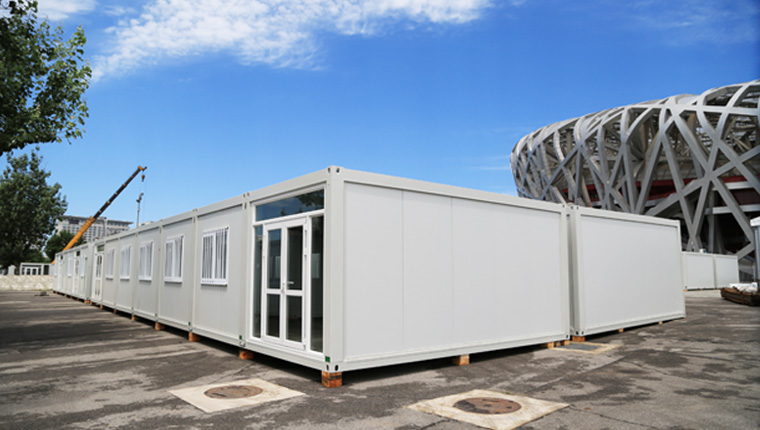
More
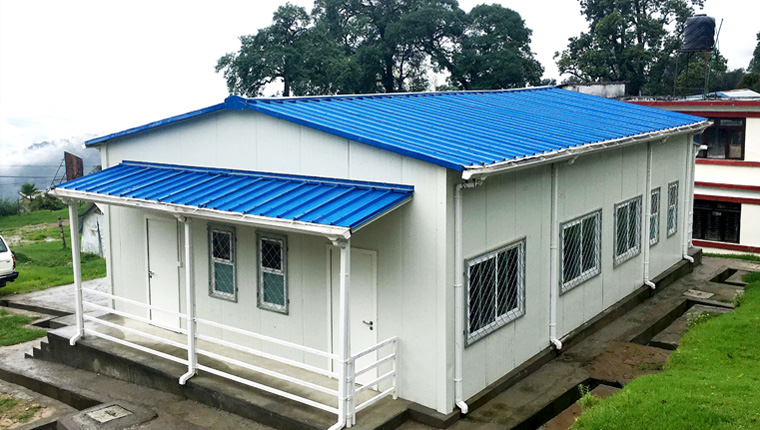
More
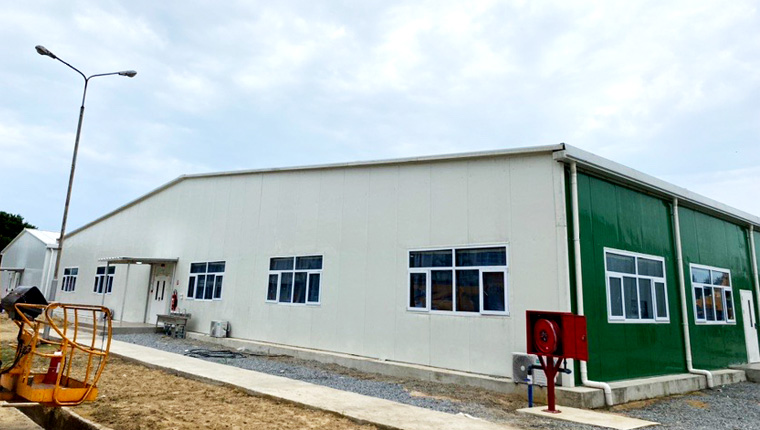
More
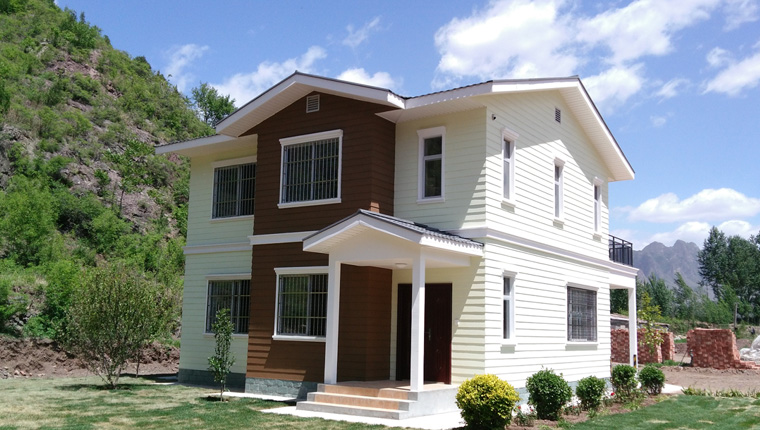
More

More
Learn More

























![Top Advantages of Modular Construction Explained [2025]](/uploads/upload/images/20250424/0fb390068474145a09a8c0504c73b1d2.png)
